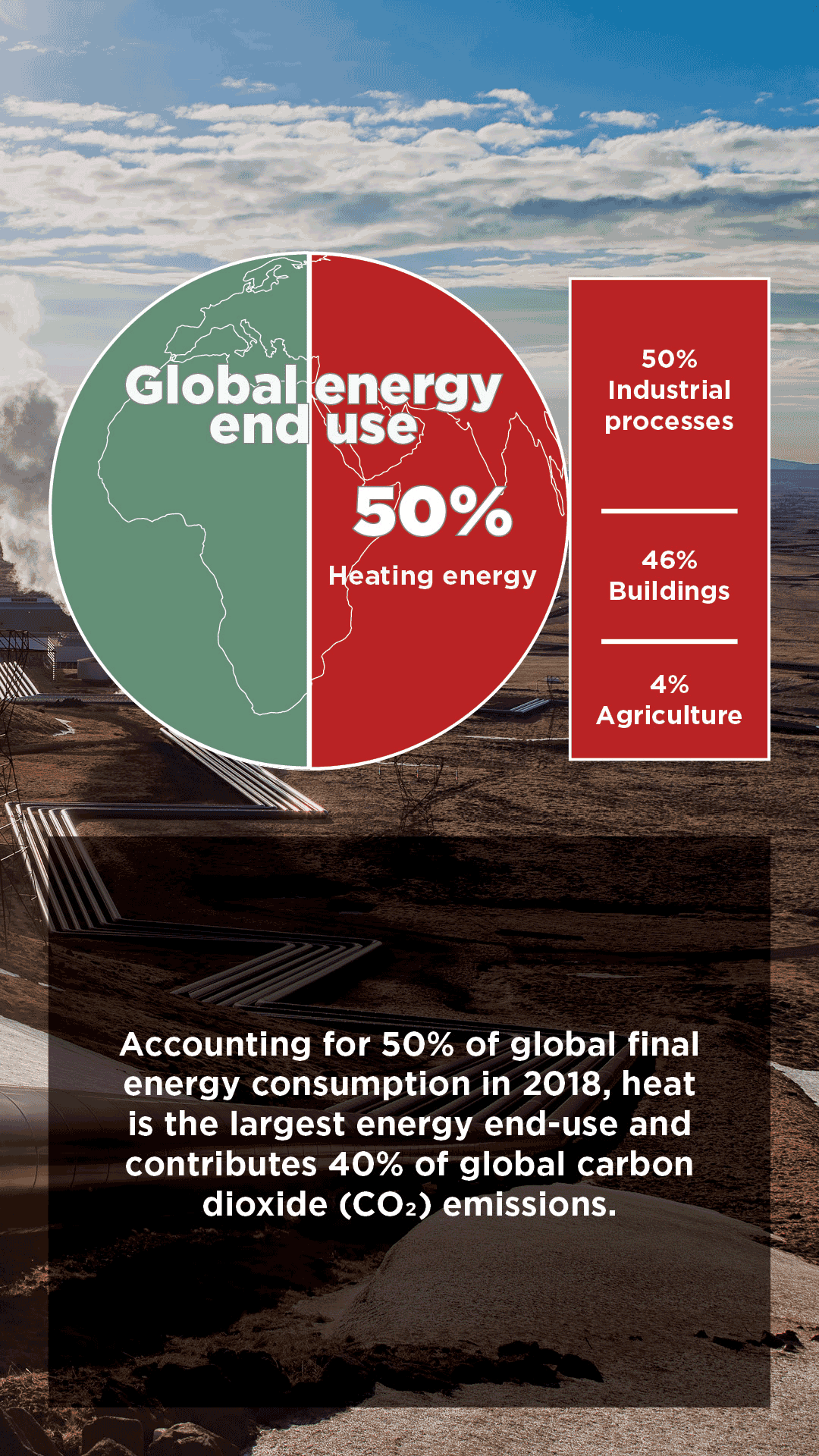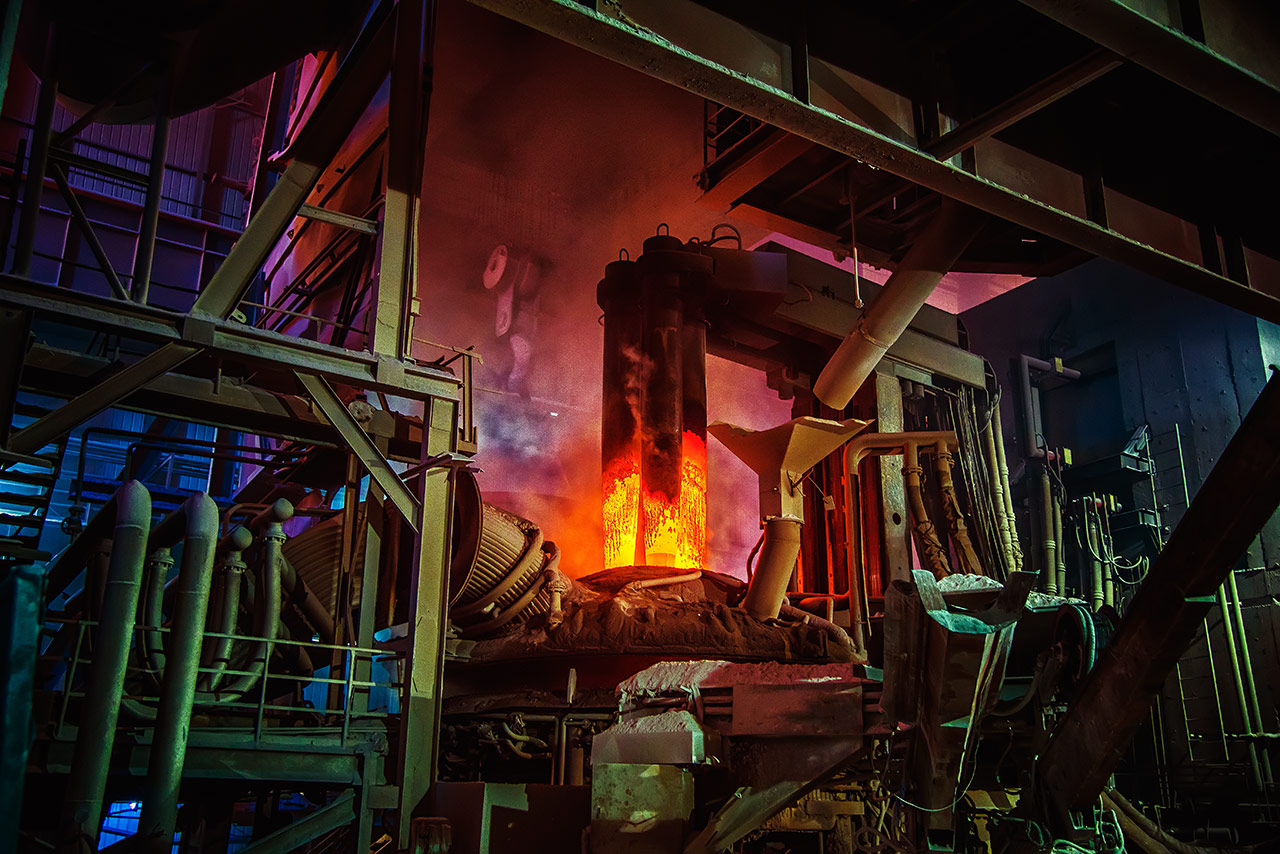Heat is the largest energy end-use sector, accounting for around half of the global energy consumption. Heat production is heavily based on fossil fuels, with only 10 per cent produced from renewable sources. Industry consumes roughly 50 per cent of the heat produced, the building sector 46 per cent, with the remainder being used in agriculture.
Over the coming years, combustion-based heating will be mostly replaced by sustainable, recycled and stored heat.
This transformation is supported by strong electrification, where coupling of power and heating (power-to-heat, P2H) plays a central role. In practice, power-to-heat is made possible by electric boilers and heat pumps. Short- and long-term heat storages – a cheap and reliable way to store energy – can maximise this potential. These storages can also be used on a much larger scale than is the case today and can be linked more tightly to P2H schemes.
Heat pumps are among the most cost-effective options when it comes to increasing the amount of heating with low-carbon energy, and their efficiency is reinforced by the growth in renewable electricity production. Large, industrial sized heat pumps can utilise renewable energy from air, water or ground, and also waste energy from buildings, data centres and industrial processes to provide heating and cooling. Furthermore, heat pumps could be used in demand-response systems to augment power system flexibility.

Geothermal is a local and flexible renewable energy source. When integrated with smart power, heat and cooling grids, it reduces societal costs and improves local supply security. Geothermal will be a key energy source both in smart cities and smart rural communities, in addition to supplying energy for industry, services and agricultural sectors. Geothermal energy can provide solutions for smart electricity and thermal grids via an underground thermal energy storage. Underground thermal energy storages will be made for seasonal storage, with perspectives on the development of low- and high-temperature (>25°C) systems.
Geothermal technologies could help overcome multiple barriers that prevent the decarbonisation of the heating and cooling sectors. One advantage being the ability to provide heating and cooling services at the same time. Commercial buildings often have simultaneous demand for heating and cooling, and during summer, many residential buildings need cooling while domestic water resources need heating.
Biomass is often seen as the primary solution for carbon-neutral heating. However, chances to increase the availability of biomass, enough to replace fossil fuels, are very limited and costs are expected to rise. In addition, the debate on the adequacy of carbon sinks can lead to a more critical approach to the carbon neutrality of bioenergy. In the light of this information, bioenergy should be used in the future mainly as a reserve and peak power, preferably equipped with carbon capture units.
Wind energy, heat pumps and heat storage are the ingredients of a clean heating production of the future. The commercialisation of industrial-scale geothermal heat, combined with the strengthening of climate policy, means an energy breakthrough that may soon revolutionise heating production.
The energy sectors of the world make our everyday lives go around. They are the main contributors to global CO₂ emissions, and as such they hold the key to our salvation.

Transport is the largest oil-consuming sector today, it accounts for a fifth of global energy demand and the sector is responsible for a quarter of energy-related CO₂ emissions.

